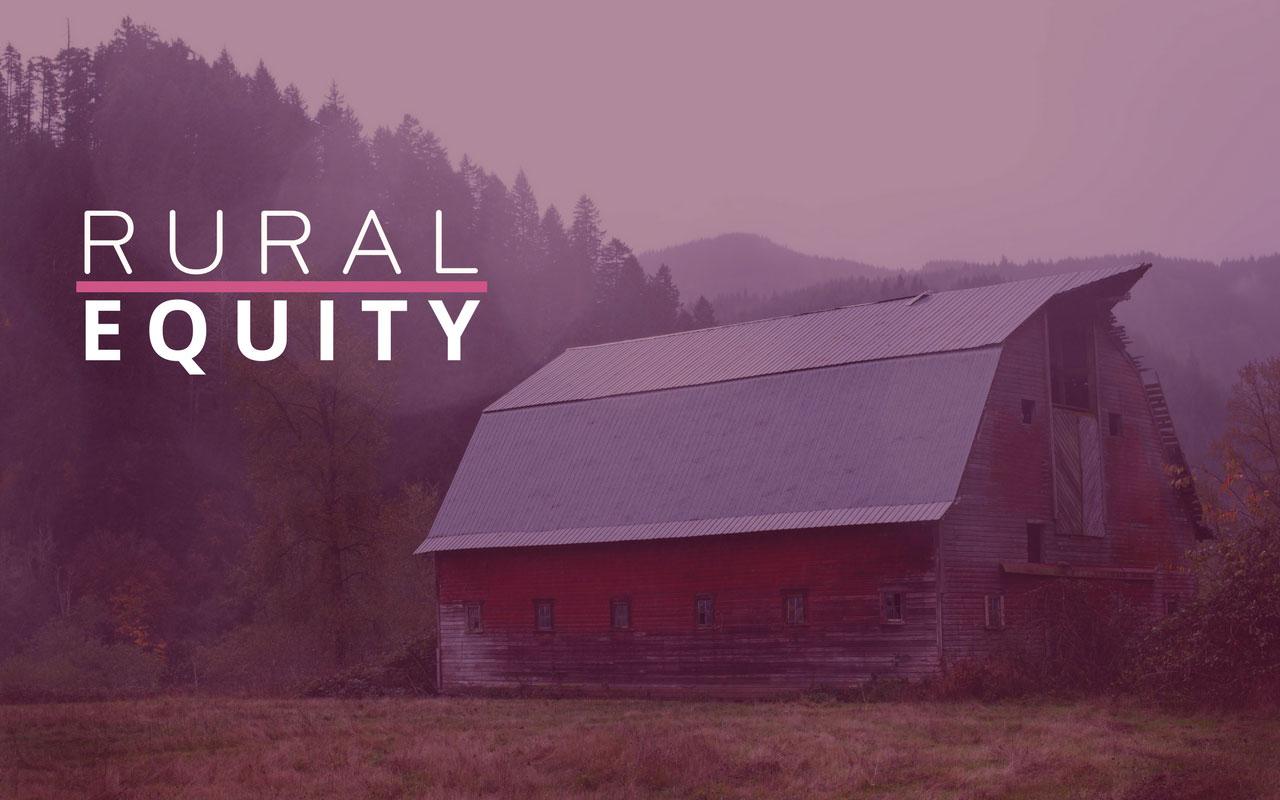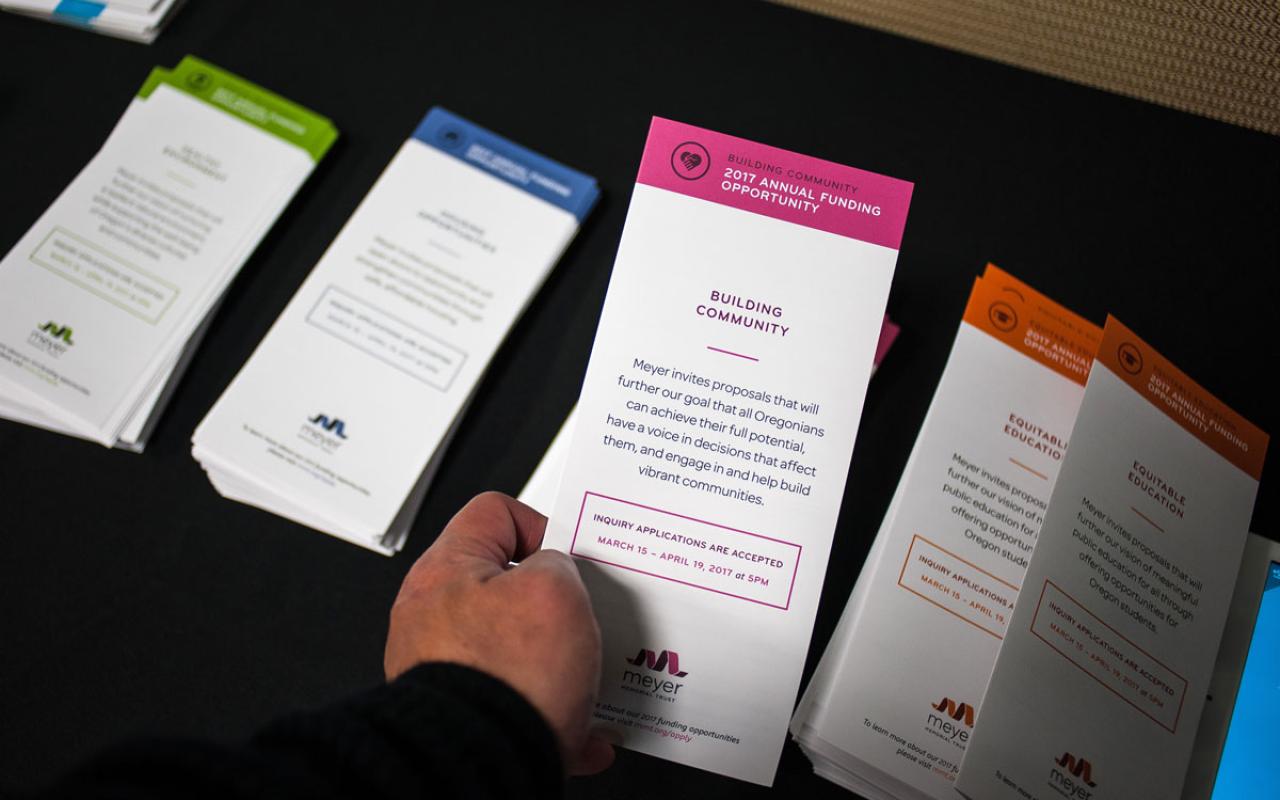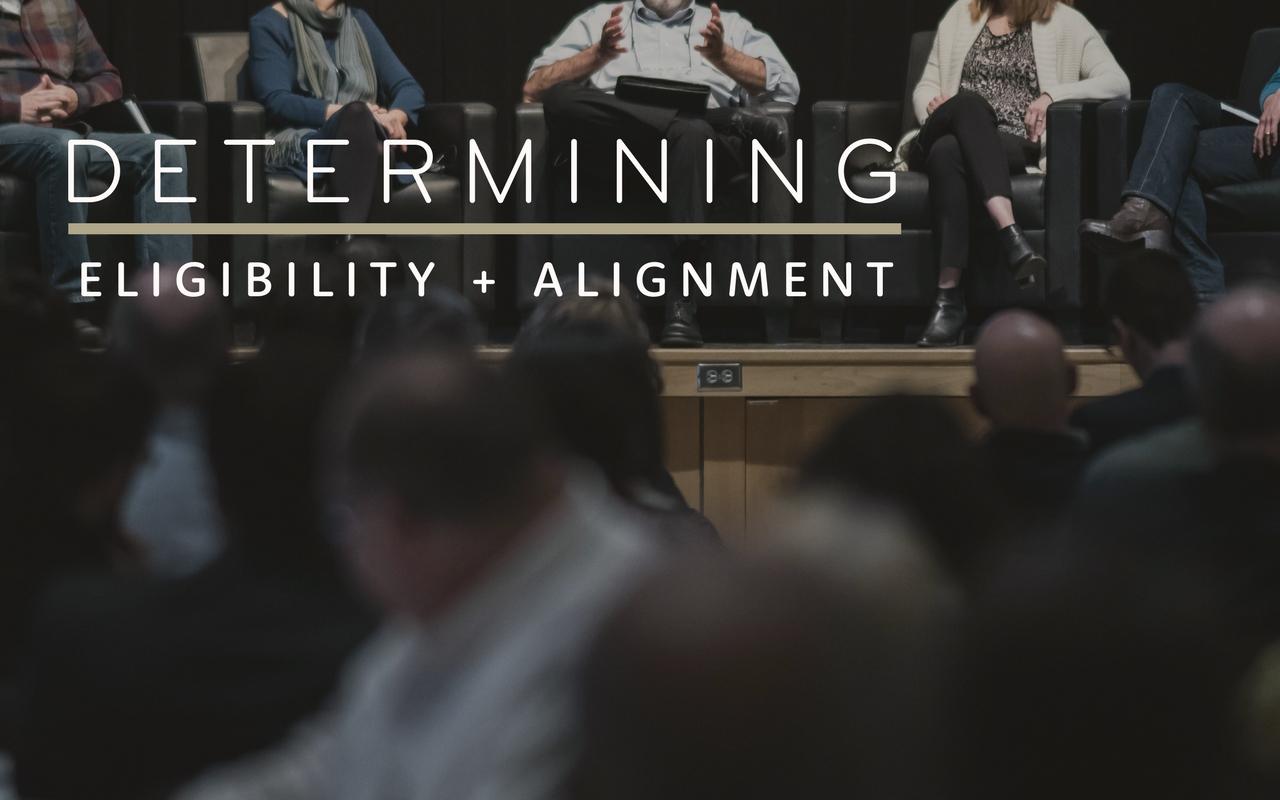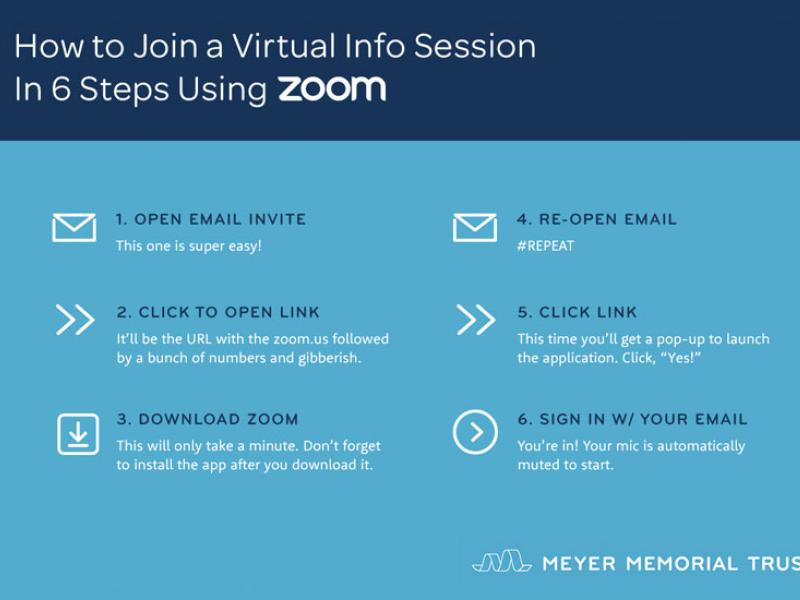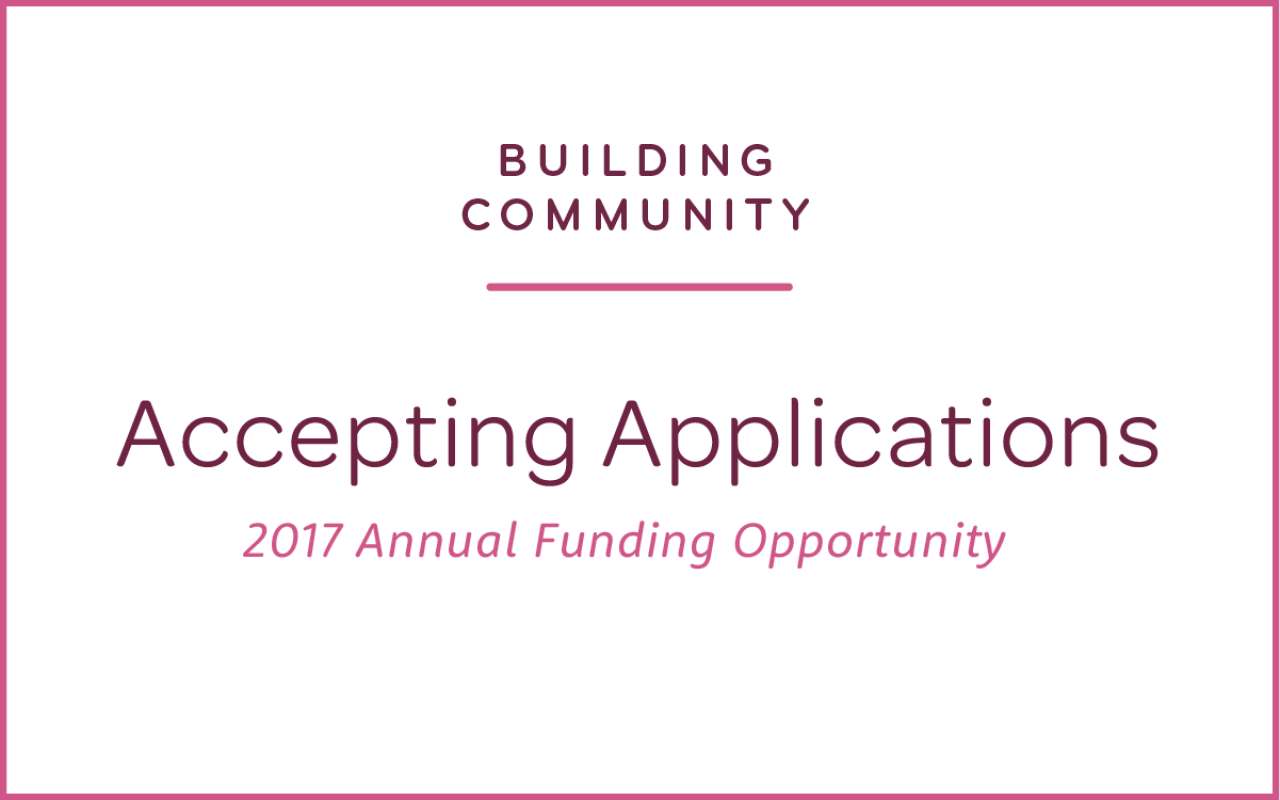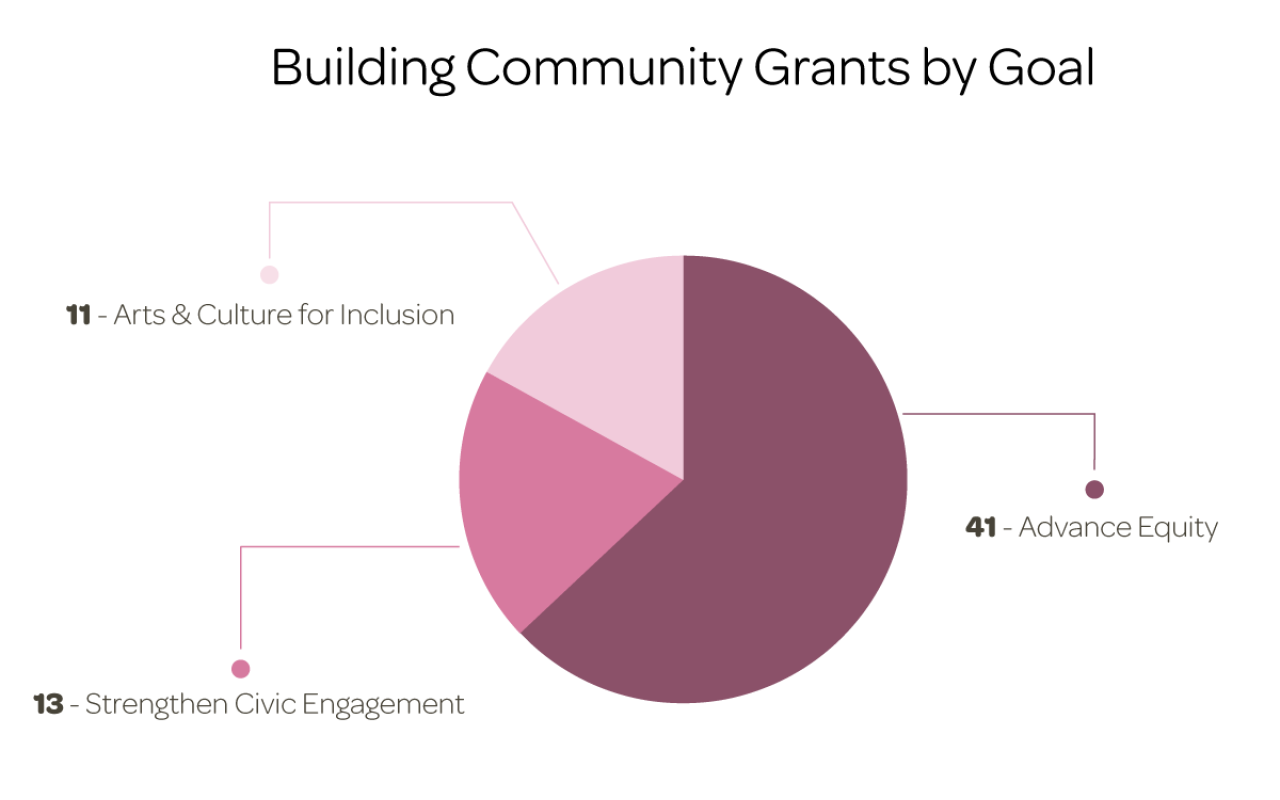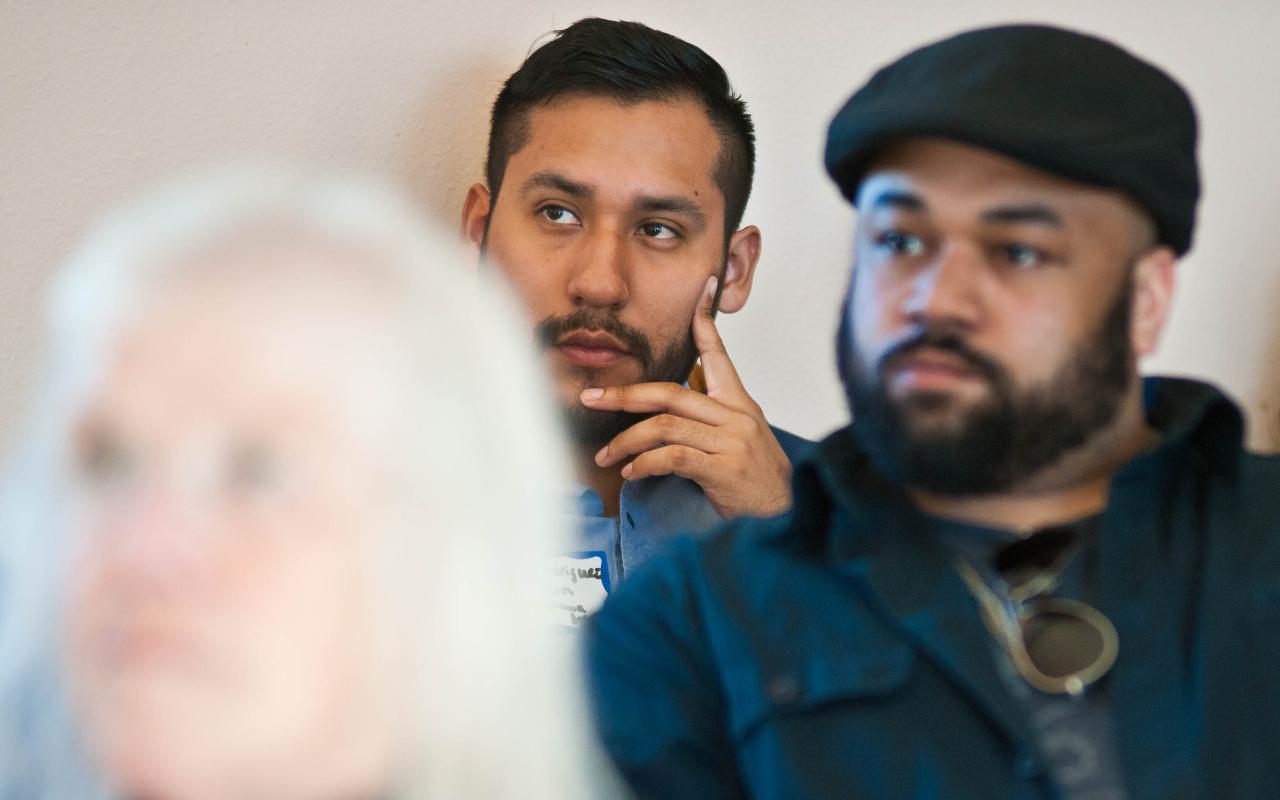Listening to rural communities on equity
As we traveled throughout the state this past year sharing information about Meyer’s new structure and funding opportunities, we heard you clearly: Meyer’s equity focus left some questions unanswered for rural communities. Leaders, community members and organizations want to know how Meyer is thinking about rural needs, concerns and strengths.
Meyer values rural communities. They are a crucial part of our Oregon community and identity. The rural entrepreneurial spirit has elevated Oregon’s diverse landscapes and waterways and opened doors for more people to explore them. Rural residents who depend on and care about their surrounding natural environment have innovated for decades to transition from natural resource-based economies and have persevered to recover from the last financial crisis. The resiliency and ingenuity of rural communities are strengthened daily through inherently collaborative approaches to work and life.
Although the strengths and character of rural communities help mitigate some of the impact, they can’t entirely eliminate existing and growing inequities. We know that Oregon’s rural communities generally experience higher poverty rates than urban areas. Oregon rural household incomes are comparable to the national average, yet home prices are nearly 60 percent higher in rural Oregon than the national average in rural communities. Higher unemployment rates and lower wages contribute to youth migration to urban areas, leaving a growing aging population to bear the cost of essential services. Historically under-resourced rural communities are left to deal with reduced or eliminated education, health care, emergency, social and economic services.
With economic challenges taking center stage, additional barriers faced by some community members are often unheard and thus unintentionally reinforced. People with deep roots in rural communities who self-identify as LGBT, women, people of color, indigenous, immigrants, and people with disabilities are left out of conversations that impact their daily lives. Local governments and organizations are challenged to engage representative voices at decision-making tables but often have minimal experience and resources to undergo change processes that deliver different outcomes. Opportunities to build strength across differences are missed, and community divisions can be exploited by external groups with no local ties. Compounded inequities contribute to loss of confidence in government, further decreasing civic engagement and participation in democratic processes.
We are on this journey together. As Meyer continues to deepen its approach in service of a flourishing and equitable Oregon, our commitment to rural communities is unwavering. We will continue to think inclusively and remain flexible and responsive to meet Oregon’s needs. We will promote advocacy to lift communities across Oregon that are most impacted by inequities rooted in bias and systemic oppression.
Inequities impacting rural communities mirror those elsewhere in the state, but we know they are uniquely experienced because of distinct circumstances such as population size, geographic isolation, poverty levels and compromised infrastructures. It is these distinctive circumstances that guide how Meyer thinks about rural communities to ensure support reaches historically under-resourced communities in highest need.
We invite you to read the factors we consider when thinking of rural communities included in our Applicant Resources along with other resources we use to think inclusively, equitably and at the intersection of identities. Knowing applicants are also interested in learning more about their communities’ demographics and how to best serve them, we have included links to tools applicants can use to collect demographic data in our Diversity, Equity and Inclusion Resources page.
On this journey, we count on staying in conversation as we explore new ways of thinking about rural communities and the growing diverse communities that live in them.
Rural leaders are the experts in what equity looks like in their communities. Please join us for a virtual information session on Rural Equity on April 6, 2017. Local leaders will share their stories of advancing equity in environmental work in rural Oregon with potential applicants. Registration for virtual information sessions is open and can be accessed here.
Looking forward to more conversation as we make our way around the state.
— Nancy
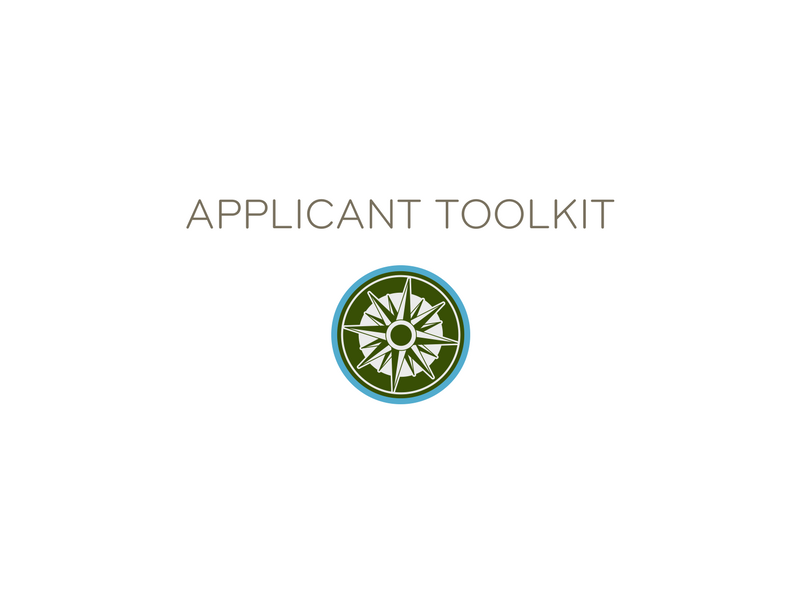
Applicant toolkit
Close card stack